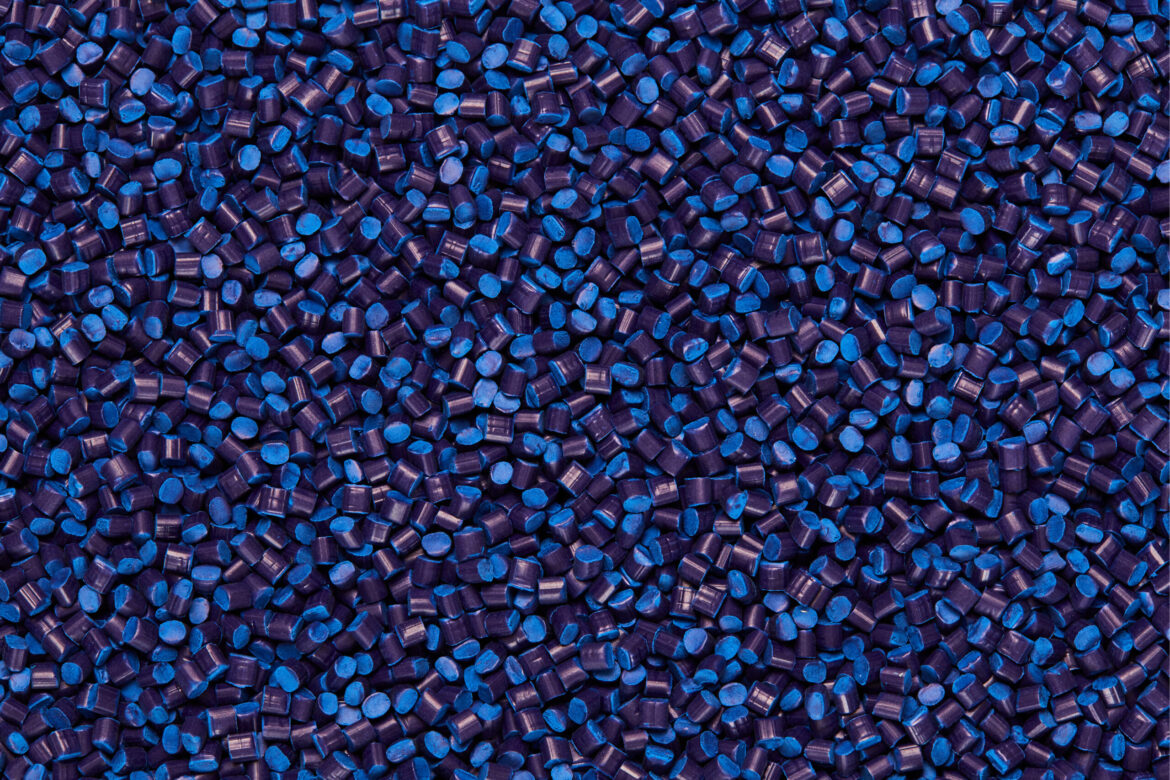Fabiana Nicita, Luigi Donato, Concetta Scimone, Simona Alibrandi, Domenico Mordà, Alessandra Costa, Rosalia D’angelo, Antonina Sidoti
Summary
Nowadays, invisible orthodontics with clear aligners represents the type of treatment of first choice for patients who need to correct malocclusions and dental crowding. The strong point of this invisible treatment is represented precisely by the high aesthetics thanks to the optical properties of the thermoplastic materials used to manufacture the aligners. The purpose of this short review is to update clinicians to help them choose the most appropriate type of material for their treatment needs, based on new scientific research in the literature. It is necessary that other investigations are carried out to search for the most performing thermoplastic material for the orthodontic movement determined by the clear aligners.
References
- Kaur S, Singh R, Soni S, Garg V, Kaur M. Esthetic
orthodontic appliances-A review. Ann Geriatr Educ Med Sci 2008; 5:11–14.
- Rossini G,
Parrini S, Castroflorio T, Deregibus A, Debernardi CL. Efficacy of clear
aligners in controlling orthodontic tooth movement: a systematic review. Angle
Orthod 2015; 85:881–889.
- Zheng M, Liu R, Ni Z, Yu Z. Efficiency, effectiveness
and treatment stability of clear aligners: A systematic review and meta-analysis.
Orthod Craniofac Res 2017; 20:127–133.
- Weir T. Clear aligners in orthodontic treatment. Aust
Dent J 2017; 62 (Suppl.1):58–62.
- Gold BP, Siva S, Duraisamy S, Idaayath A, Kannan R.
Properties of Orthodontic Clear Aligner Materials-A Review. J Evol Med Dent Sci
2021; 10(37):3294-3301.
- Barone S, Paoli A, Neri P, Razionale AV, Giannese M.
Mechanical and Geometrical Properties Assessment of Thermoplastic Materials for
Biomedical Application. In: Eynard B, Nigrelli V, Oliveri S, Peris-Fajarnes G,
Rizzuti S. (eds) Advances on mechanics, design engineering and manufacturing.
Lecture notes in mechanical engineering. Springer Cham 2017; 437-46.
- Zhang N, Bai Y, Ding X, Zhang Y. Preparation and characterization of thermoplastic materials for invisible orthodontics. Dent Mater J 2011; 30(6):954-9.
- Ihssen BA, Willmann JH, Nimer A, Drescher D. Effect of
in vitro aging by water immersion and thermocycling on the mechanical
properties of PETG aligner material. J Orofac Orthop 2019; 80(6):292-303.
- Gerard Bradley T, Teske L, Eliades G, Zinelis S,
Eliades T. Do the mechanical and chemical properties of InvisalignTM appliances
change after use? A retrieval analysis. Eur J Orthod 2016; 38(1):27-31.
- Lombardo L, Martines
E, Mazzanti V, Arreghini A, Mollica F, Siciliani G. Stress relaxation
properties of four orthodontic aligner materials: A 24-hour in vitro study. Angle Orthod 2017; 87(1):11-18.
- Daniele V, Macera L, Taglieri G, Di
Giambattista A, Spagnoli G, Massaria A, Messori M, Quagliarini E, Chiappini G,
Campanella V, Mummolo S, Marchetti E, Marzo G, Quinzi V. Thermoplastic Disks
Used for Commercial Orthodontic Aligners: Complete Physicochemical and
Mechanical Characterization. Materials 2020; 13(10):2386.
- Brinkmann S, Oberbach
K, Baur E, Schmachtenberg E, Osswald TA (2006). Materials. In: Verlag, C.H.
(Ed.) International Plastics Handbook. Munich, HANSER, pp. 507-699.
- Gupta DK, Tuli A, Jain
A. 3D printed material application in orthodontics. Materials Today:
Proceedings 28 (2020): 1635-1642.
- Condo’ R, Pazzini L,
Cerroni L, Pasquantonio G, Lagana’ G, Pecora A, Mussi V, Rinaldi A, Mecheri B,
Licoccia S, Maiolo L. Mechanical properties of “two generations” of
teeth aligners: Change analysis during oral permanence. Dent Mater J 2018;
37(5):835-842.
- Fang D, Li F, Zhang Y,
Bai Y, Wu BM. Changes in mechanical properties, surface morphology, structure,
and composition of Invisalign material in the oral environment. Am J Orthod
Dentofacial Orthop 2020; 157(6):745-753.
- Daniele V, Macera L,
Taglieri G, Spera L, Marzo G, Quinzi V. Color Stability, Chemico-Physical and
Optical Features of the Most Common PETG and PU Based Orthodontic Aligners for
Clear Aligner Therapy. Polymers 2021; 14(1):14.
- Reddy MM,
Vivekanandhan S, Misra M, Bhatia SK, Mohanty AK. Biobased plastics and
bionanocomposites: Current status and future opportunities. Prog Polym Sci
2013; 38(10-11), 1653-1689.
- Kwon JS, Lee YK, Lim
BS, Lim YK. Force delivery properties of thermoplastic orthodontic materials.
Am J Orthod Dentofacial Orthop 2008; 133(2):228-234.
- Inoue S, Yamaguchi S, Uyama H, Yamashiro T, Imazato S. Influence of constant strain on the elasticity of thermoplastic orthodontic materials. Dent Mater J 2020; 39(3):415-421.

